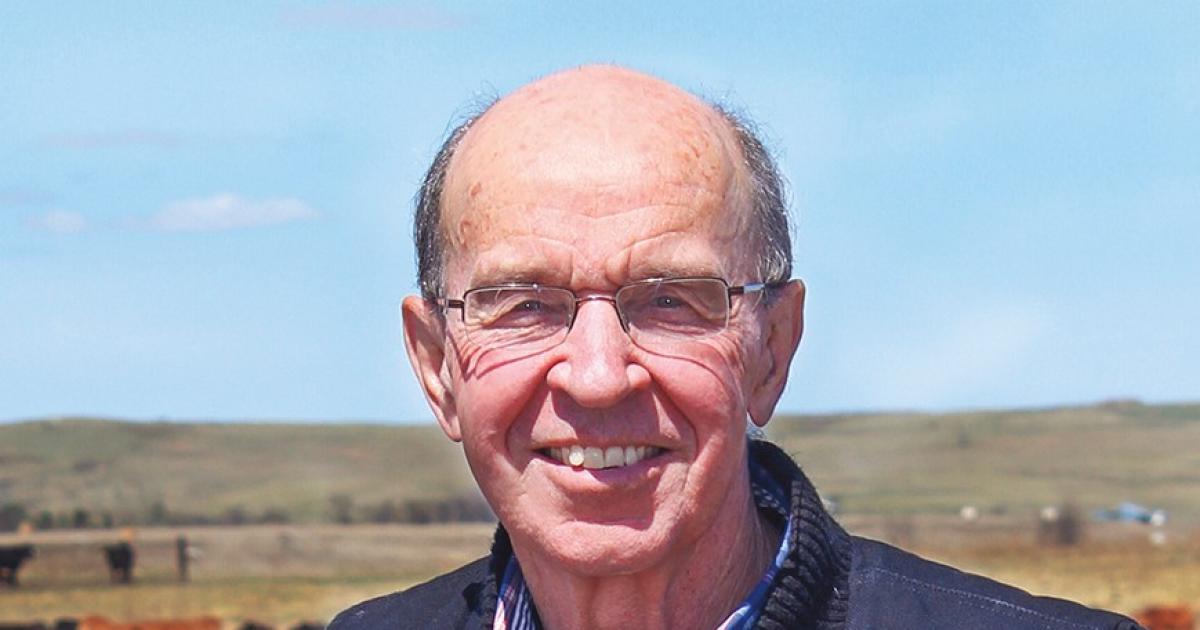Cooperatives
A historic June 20 storm brought thunderstorms, extreme winds, large hail, tornados and even a derecho – a term reserved for the most intense, widespread and long-lasting severe thunderstorms. Wind gusts were recorded up to 101 mph 5 miles northwest of Linton, 99 mph in northern Kidder County and 94 mph near Elgin. Tornados touched down across the region, including a fatal one that killed three people in rural Enderlin. Another storm-related death occured in Stutsman County.
It was the most deadly tornado North Dakota has seen in nearly five decades.
North Dakota’s new law banning student cellphone use in public schools took effect Aug. 1. North Dakota Living turned to students to ask their thoughts on the cellphone ban.
Each year, electric cooperatives from across the country sponsor high school sophomores and juniors to participate in the Electric Cooperative Youth Tour. The all-expense-paid trip to Washington, D.C., immerses students in the democratic process, teaches them about cooperatives and includes a full itinerary of monuments, museums and historic sites.
Tracie Thompson hasn’t gotten a paycheck in more than a year and a half – and it isn’t because she’s not working.
She’s working – a lot. And she’s trying to make things work in the small town of Westhope, 2 miles from the Canadian border in north-central North Dakota.
A few years ago, the Westhope grocery store, which Thompson managed, was in financial trouble, and the owner was forced to close in December 2023.
This fall, students returning to school will say goodbye to summer and their cellphones.
In April, Gov. Kelly Armstrong signed into law a bill banning student cellphone use in the state’s public schools.
The law requires cellphones to be secured during instructional time, from the start of the school day to dismissal, or “bell to bell.” It does not include school-owned devices such as laptops and tablets used for educational purposes, but covers a variety of personal devices, including smartwatches and tablets, that could distract students during the day.
Kennedy DeLap has a little more hardware to lug with her camera bag.
The Bismarck native and North Dakota Living photojournalist was crowned Miss North Dakota 2025 on June 7 at the Bakken Auditorium in Williston.
“They put the crown on my head, and I just couldn’t believe it,” DeLap says.
She fully expected to be at work the following Monday, editing photos and dicing through interviews from a recent assignment in Medora. But instead, she was being interviewed by the Williston Herald about her new job as Miss North Dakota.
“I’m a big believer that we need more talk about history, not less. This is how we do it,” says Robbie Lauf, executive director of the Theodore Roosevelt Presidential Library.
For the last 10 years, Lauf has thought about Theodore Roosevelt, his favorite president, every single day. He’s seen North Dakota’s presidential library transform from an idea to a $400 million sustainable marvel at the doorstep of the Badlands, where America’s 26th president transformed his life.
Bill Butterfield is good at a lot of things.
The Lodgepole, S.D., native is in the Hettinger High School hall of fame. He got his PGA card two years after picking up a golf club. His Black Angus cows and calves eat out of the palm of his hand.
“I have to be competing in anything I do,” Butterfield says.
Four years ago, the self-taught pitmaster took home the People’s Choice award at his first competition barbecue event in Taylor.
Butterfield didn’t just bring the smoke that day: He brought his homemade seasonings.
“Cooperatives were born in politics and will die in politics.”
This oft-used phrase in the cooperative world both recognizes the circumstances through which most cooperatives emerge – in response to political and economic conditions, often as an alternative to traditional business models or power structures, seeking to empower individuals and communities – and acknowledges a critical function for their survival – advocacy.
Whether two legs or four, the big kids and the little ones, everyone is welcome at Grandma and Grandpa’s house. The same can be said for Hondo’s Hideaway restaurant on the Jamestown Reservoir.
“I wanted to keep (the ambiance) more of what you’re maybe used to if you visited Grandma and Grandpa’s house, a little bit of a homey feel,” says Lucas Dockter, Hondo’s Hideaway owner and chief grunt worker. “It pairs well with the food we serve. It’s stuff you would find at Grandma’s house or what you grew up with.”



















